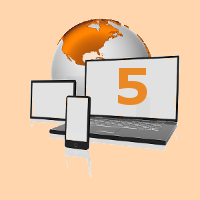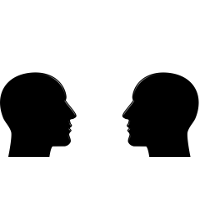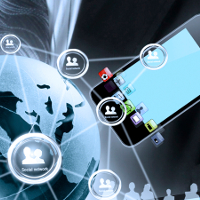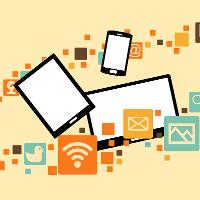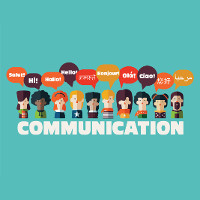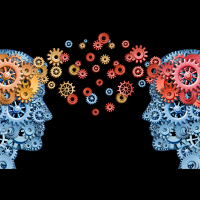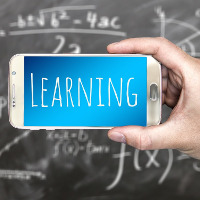m-Learning and e-Learning: What's The Difference?

e-learning and m-learning are both products of today's tech-laden, fast-moving environment, educating people through modern means for a more fulfilling and enriching experience. But what exactly is the difference between the two little letters that define each type of learning?
Here's everything you should be aware of when it comes to understanding m-learning and e-learning:
Different modes for different needs
The biggest apparent difference between e-learning and m-learning lies in the medium of delivery. e-learning, for instance, is traditionally hosted on a row of computers in a classroom, or can be accessed via laptops. m-learning, on the other hand, is geared towards portability and flexibility, designed for powering training on smartphones and tablets or any device that's convenient, including laptops and desktops if that's what suits the occasion.
With e-learning and m-learning both available, companies are free to select a style that suits their protocol and fits their agenda. For example, a small business with all workers under one roof might accept a day's loss of productivity and enrol their team on an e-learning course for the day, or they may decide to provide access to the learning in a way that they can complete it whenever and wherever it's convenient.
A larger business with multiple sites and remote workers, however, will likely choose the flexibility of m-learning as the better option, but may have already sunk a huge cost in a traditional desk-based LMS. e-Learning and m-Learning are not mutually exclusive.
Serving all types of learners
For a long time, education was squeezed into a one-size-fits-all approach. In the modern age, we're steadily moving away from this outdated model to accept that different people learn in different ways.
Some people absorb information by reading, others by doing, and others through visual means. Meanwhile, an environment that one person finds perfect for learning, such as home, the classroom or a coffee shop, might not be the other's cup of tea.
e-learning was a first step towards addressing the needs of individuals, but it's still largely designed to teach information in a lengthy, presentation-style format. m-learning, on the other hand, offers the same volume and quality of information, only with greater variety delivered in short bursts to boost engagement and retention, while and reducereducing the costs associated with travelling and lost productivity.
A responsive learning management system
In many ways, m-learning can be considered as an advanced arm of e-learning - one made to mould around the modern lifestyle and the modern learner. What makes these learning management systems unique is that they are built for smart devices, meaning they'll work just as well on a small screen as a big one.
This is where many e-learning systems fall flat - an LMS that isn't mobile-first might not be responsive on smart devices, or may only have been adapted to work on only one operating system. What's more, learners may struggle to load interactive content, such as videos and games. m-learning, on the other hand, will give you a great experience tailored to any device.
Ultimately, e-learning has come a long way from its original incarnation - with m-learning representative of its advancements. Learning management systems, no matter what their form, are now capable of producing fun training programmes with diverse, colourful, challenging content that workers actually enjoy.
Rather than looking for the difference between e-learning and m-learning, it's probably better to see m-learning as the natural evolution of e-learning, born of the demands of the modern learner and the shortcomings of traditional learning management systems.
If you're looking to educate in a fresh, affordable, and rewarding way, check out fully mobile responsive e-learning solutions using Learn with Mobile. Get started for free right now, or call the Ambidect team on +44 (0)1260 221292 if you have any questions.


